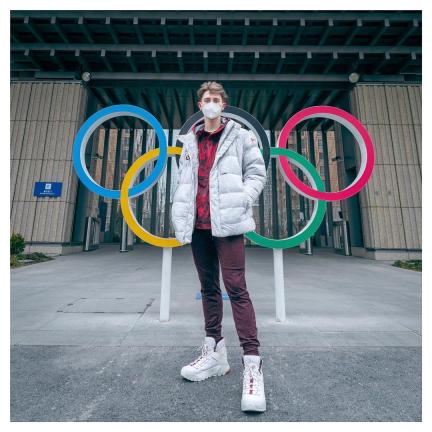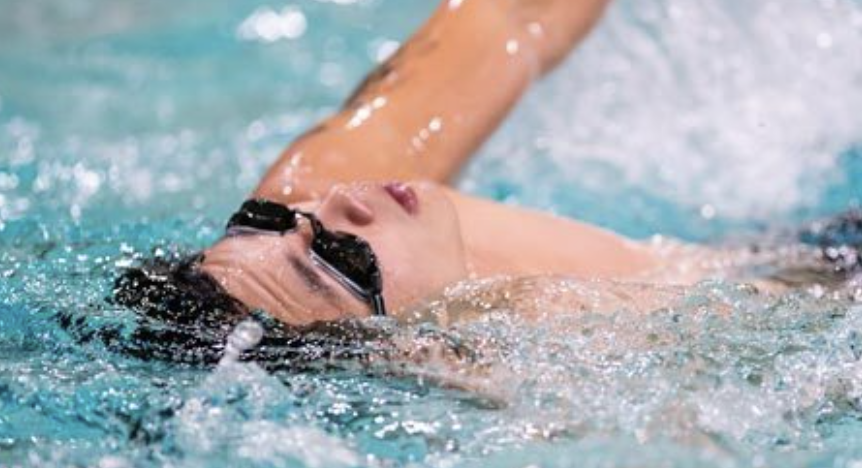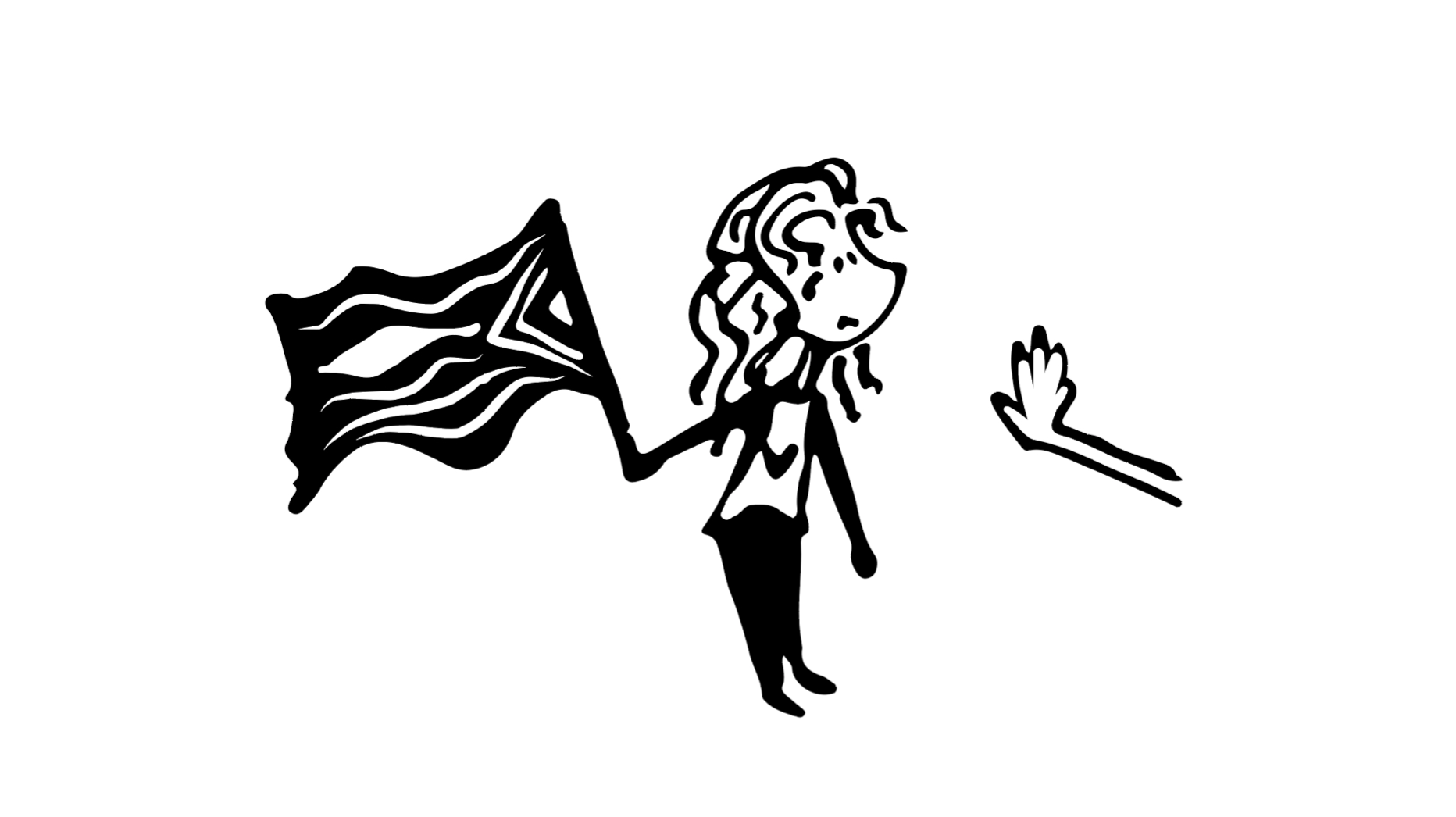Figure skater Roman Sadovsky had to step in when teammate tested positive for COVID-19

Canadian figure skater Roman Sadovsky took as many precautions as necessary to ensure he would be safe to compete at the Beijing 2022 Winter Olympics this month.
The 22-year-old took the COVID-19 restrictions seriously; he avoided seeing friends and family for the holidays, and began wearing KN95 masks whenever he was in public. Anxiety and stress surrounding the virus was high as the Olympic Games drew nearer, and Sadovsky took to his popular YouTube channel to answer questions from fans who were curious about a pandemic-era Games.
Unfortunately, while these precautions kept Sadovsky from contracting the virus, this was not the case for all athletes on the Canadian figure skating team.
Men’s singles skater Keegan Messing was unable to get on the Canadian charter flight to Beijing after a positive test for COVID-19. CBC announced Messing’s safe arrival in Beijing on Feb. 7, in time for the men’s singles short program, but he had not yet arrived when the team event took place. This meant Sadovsky had to fill in for Messing for the team skate.
All athletes who competed at the Olympic Games needed to produce two negative test results before being permitted to travel to the games. In an official press release from the International Olympic Committee, Dr. Brian McCloskey, Chair of the Medical Expert Panel for the 2022 Beijing Olympic Games, said “There are three layers of testing: the pre-departure testing, the airport testing, and the testing individually in the closed loop.”
When Messing tested positive, he had to produce negative tests before he could resume traveling to the games.
“I haven’t been, like, officially told,” said Sadovsky after a training session on Thursday, Feb. 3. “I’ve just been told to you know, be ready, and they told me that a long time ago. And so I’ve been kind of sticking to that strategy in practice and making sure that if I’m told ‘you’re doing the short program,’ I’m ready to go.”
This was only three days prior to the event, and Sadovsky had not yet received official confirmation that he would be stepping in. With Messing unable to compete in his team event, Sadovsky was the next in line and had to perform a free skate which is also known as a “long skate.”
With this long routine, and the burden of knowing the rest of the team was relying on his performance, Sadovsky cracked under the pressure. Finishing last in the men’s single skates for the team event, Sadovsky achieved a score of 122.60, compared to the winning score of 208.94 from Japanese skater Yuma Kagiyama.
This performance from Sadovsky is truly tear-jerking to watch. Not only does his face betray the frustration he experiences as he falls not once, but twice, earning him -2.00 of deductions, but the routine is set to Snow Patrol’s “Chasing Cars.”
If the idea of wiping out at the Olympics isn’t heartbreaking enough, Snow Patrol is sure to bring tears to any viewer. There were certainly some shrieks of sympathy from my viewing party, as we watched the young skater stumble over his skates.
The young athlete took to his Instagram account after the event, saying, “Had a really tough time in the past couple of days. But the support from everyone was immense. Just wanted to say thank you to everyone, gonna try to bring it home in the singles event.”
Sadovsky went on to compete in the men’s singles short program, where he failed to score high enough to compete in the free program.
Competing at a pandemic era Olympic Games is an endeavour which requires immense precaution and preparedness for the worst case scenario. Messing is just one example of the number of athletes who were impeded in their journey to the Games, and Sadovsky’s poor performance is just one example of the consequences that can come from stress induced by these precautions which are in place.
Canadian ice dancing legend Scott Moir spoke on the situation with CBC. “It is a shame, there is no other way to put it, but it’s the reality of today. We knew going into these Games there were going to be some storylines, we knew it was going to be painful to see some athletes weren’t going to be able to compete after all of the work they put in, and that is too bad.”
While COVID-19 precautions have certainly changed the way participation in sports works, it draws into question if such lengths are justified. Olympic dreams are accomplished over lifetimes, and when athletes arrive on that Olympic stage and falter because of the circumstances, it must be questioned whether it is really all worth it.






